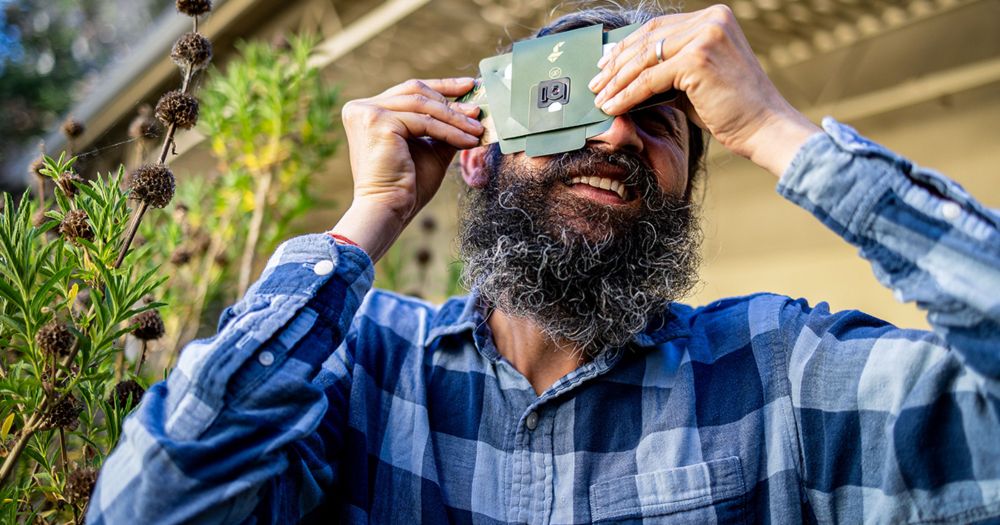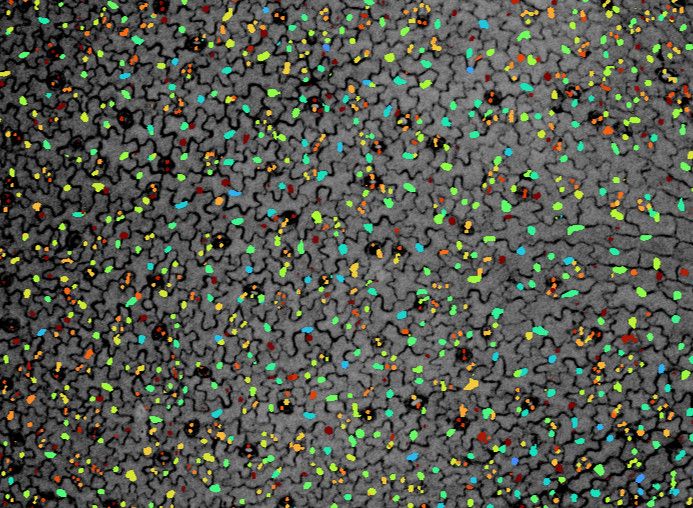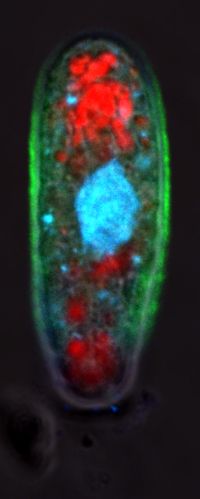Leo Serra
@leoserra.bsky.social
730 followers
320 following
14 posts
Postdoc @ SLCU Cambridge | Plant Morphogenesis | Cell Division | Cell Growth | Mechanobiology | Microscopy
Posts
Media
Videos
Starter Packs
Reposted by Leo Serra
Reposted by Leo Serra
Reposted by Leo Serra
Reposted by Leo Serra
Reposted by Leo Serra
Reposted by Leo Serra
Reposted by Leo Serra
Leo Serra
@leoserra.bsky.social
· Dec 9
Leo Serra
@leoserra.bsky.social
· Dec 6
Leo Serra
@leoserra.bsky.social
· Dec 6
Leo Serra
@leoserra.bsky.social
· Dec 5
Reposted by Leo Serra
















